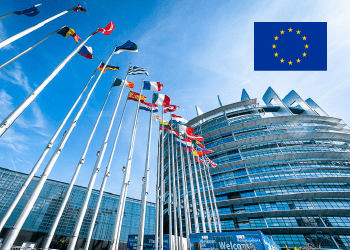Harmonisation of the national and regional trademark legislation in the EU

Significant changes in trademark legislation on a national and Europe-wide level are forthcoming. According to Directive (EU) 2015/2436 of the European Parliament and of the Council of December 16, 2015, all member states, as well as the BOIP and the EUIPO are obliged to bring their trademark laws and regulations into conformity with the majority of the provisions by January 14, 2019.
The requirements, outlined in the Directive, cover both the rules of prosecution and fundamental laws. The directive does, however, prescribe only the general principles, allowing each intellectual property office the right to specify the regulations individually.
One of the most substantial amendments is an elimination of the requirement for graphic representation of trademarks. This provision will make it possible for applicants to file trademarks which were previously unaccepted, such as holograms, sounds, motion or multimedia. It will also simplify the filing process for already accepted non-graphic trademarks.
According to the provisions of the Directive, the trademark duration will be counted from the application filing date instead of the trademark registration date.
In addition, a use requirement will have to be unified. This means that a trademark, which is not used in connection with the specified goods or services within five consecutive years from its registration date, is subject to revocation.
The Directive also obliges the member states to stipulate a more efficient procedure to combat counterfeit, even if the infringing goods were not released for sale in the territory of the country.
Many IP offices have already announced the introduction of amendments to the trademark laws, which are to come into force in early January 2019.
The Directive has been developed to make the trademark systems harmonised, aligned and unified across the European Union. Such common approach is believed to result in more effective protection of trademarks in the EU territory and better running of the internal market.